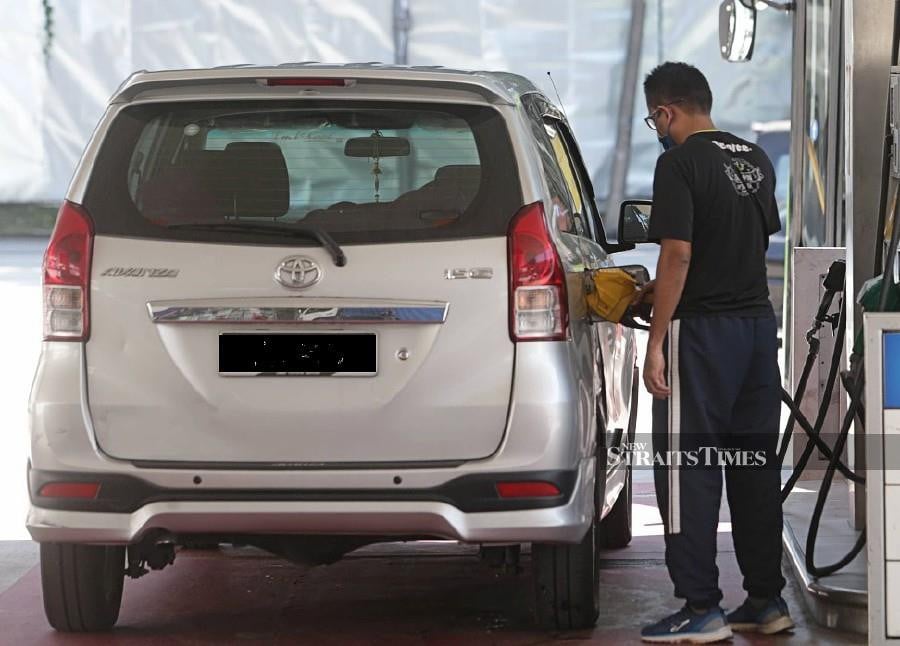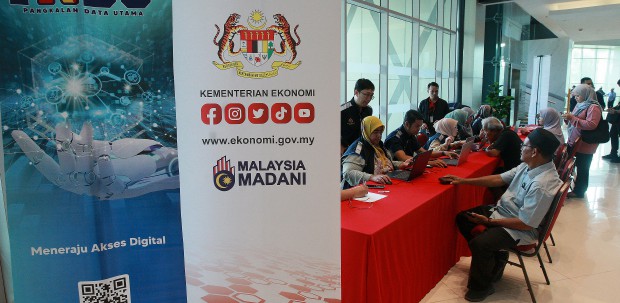KUALA LUMPUR: The government needs to adopt a more holistic approach in its bid to implement targeted fuel subsidies, such as determining the recipients' income level and cost of living according to geography.
Experts believe that while the authorities' move to use the Road Transport Department (RTD) database on car ownership was feasible, it had to be complemented by other measures.
Domestic Trade and Cost of Living Minister Datuk Seri Salahuddin Ayub had, on Saturday, said the ministry could identify recipients for RON95 petrol subsides, for example, based on the engine capacity of their vehicles.
This came after Prime Minister Datuk Seri Anwar Ibrahim gave a two-week deadline to all relevant ministries last month to devise a new targeted subsidy mechanism for the Bottom 40 (B40) and Middle 40 (M40) income groups, as well as small businesses.
However, experts believe that the strategy is "too simplistic" and could deprive others from enjoying the subsidy.
The government, they said, should also factor in other criteria, such as household income and the size of a household, which are details that can be sourced from the Bantuan Sara Hidup (BSH) and Inland Revenue Board (IRB) databases.
Road safety expert Associate Professor Dr Law Teik Hua said besides a vehicle's engine capacity, the government should consider the vehicle's age and its fuel consumption over time before rolling out targeted fuel subsidies.
This was because vehicles with a lower engine capacity would still consume more fuel over time and their owners would require subsidy assistance as well.
However, Law, who heads Universiti Putra Malaysia's Road Safety Research Centre, said some vehicle owners might abuse the targeted fuel subsidy to make a profit by exploiting the mechanism.
"Owners of lower horsepower vehicles, for example, may purchase petrol on behalf of owners of higher horsepower vehicles.
"This could fuel an underground trade that defies the purpose of having a targeted fuel subsidy.
"Petrol station owners will then have an additional task to verify the vehicle's ownership status for every customer.
"The other alternative would be to implement biometrics, such as face recognition or fingerprint scans, to ensure that only the targeted recipients benefit from the fuel subsidy," he told the New Straits Times.
Meanwhile, Associate Professor Dr Ahmed Razman Abdul Latiff raised concerns that the RTD database may lack important information about an individual's socioeconomic background, such as household income, location and the size of his or her household, that are crucial to determine subsidy eligibility.
Razman, an economic analyst at Putra Business School, said the government must seek these details from other avenues, namely the BSH database for the B40 group and IRB database for the M40 group.
"Only then can the government ensure that they have covered the maximum number of eligible recipients."
However, Razman warned that the subsidy restructuring exercise could still hurt consumers if businesses were deprived of fuel subsidies for their operations.
"Businesses will incur higher transportation costs when they no longer enjoy subsidies for RON95. For consumers, this would mean a further price hike for their other products and services," he said.
In order to cushion the impact, Razman suggested that the government consider distributing monthly financial aid in the form of e-vouchers for B40 and M40 households to manage their daily expenses.





